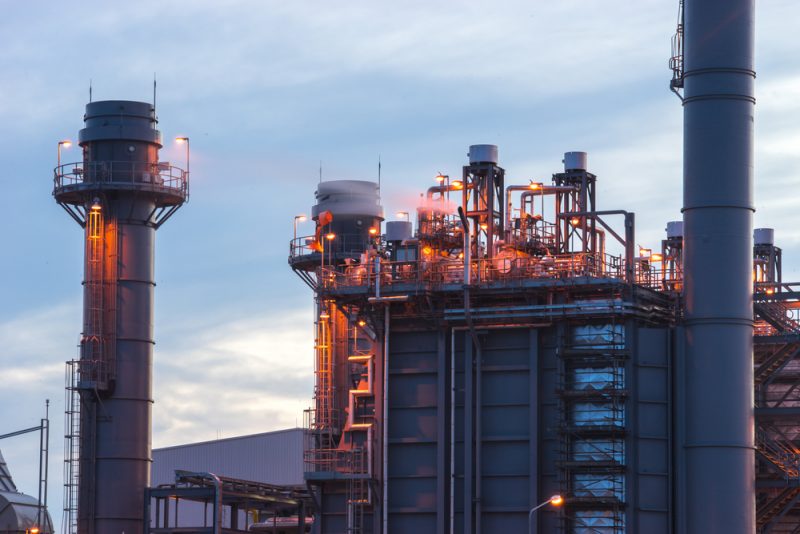Higher coal and natural gas prices affect generator profitability, EIA report says

Relative profits for some natural gas- and coal-fired generators in a number of Midwestern and Mid-Atlantic states have decreased since 2016 due to higher natural gas and coal prices and lower wholesale electricity prices, according to a recently released report from the U.S. Energy Information Administration (EIA).
The report specifically focuses on electric power generation fueled by natural gas called spark spread, and power generation from coal called dark spread. Both spark and dark spreads during the first part of 2017 were lower than the 2016 averages in the PJM Western hub, which covers energy generation in parts of several Mid-Atlantic and Midwestern states.
EIA said that changes in spark spread and dark spread for a given market indicated a general operational competitiveness of both coal-fired or natural gas-fired electric generators in meeting the market’s electricity demand.
Calculated by comparing day-aheads, wholesale power market prices, and the delivered input prices of fuel, the spreads are adjusted for the energy content of the fuel as well as the relative conversion efficacy of power plants. These values, EIA said, can then be compared to wholesale power prices.
While coal prices vary depending on the quality of coal, transportation costs, and a number of contract terms, natural gas prices vary on a regional basis and are calculated by spot market prices, which are known to be volatile.
EIA noted that since coal and natural gas have different energy contents, and the power plants using those fuels have different heat rates, spark and dark spreads were location-specific and reflected the characteristics of fuels and the technical specifications of power plants in a given market.
